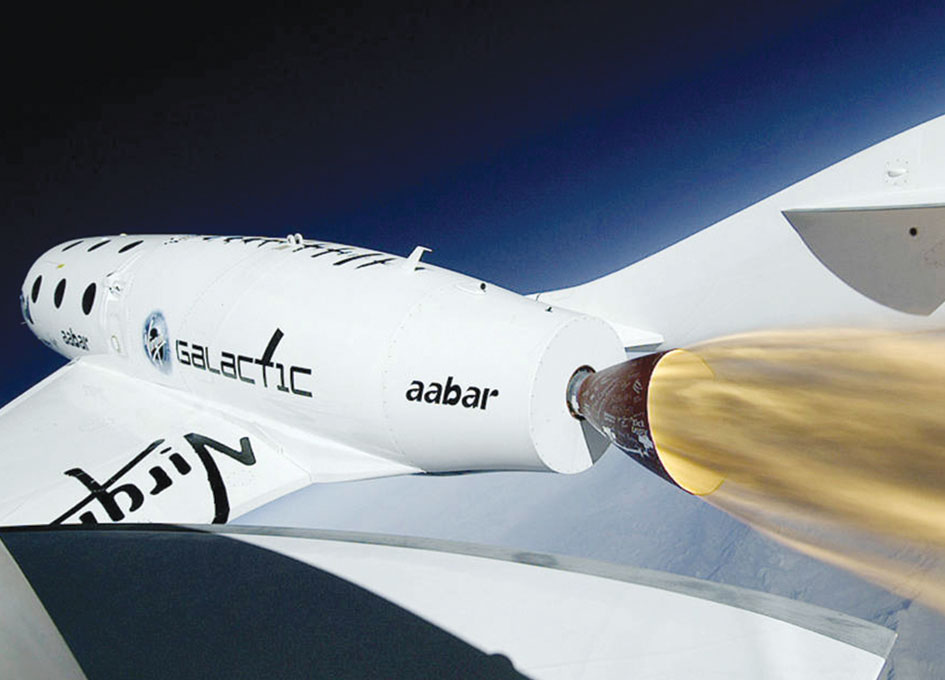Commercial Space Launches: FAA’s Risk Assessment Process Is Not Yet Updated

What GAO Found: According to studies, the United States in 2012 provided less commercial space launch indemnification for third party losses than China, France, and Russia.
These countries put no limit on the amount of government indemnification coverage which in the U.S. is limited by the Commercial Space Launch Act (CSLA). Governments’ commitments to pay have never been tested because there has not been a third party claim that exceeded a private launch company’s insurance.
The potential cost to the federal government of indemnifying third party losses is currently unclear. This is because it depends in part on the method used by the Federal Aviation Administration (FAA) to calculate the amount of insurance that launch companies must purchase, which may not be sound. FAA had used the same method since 1988 and has not updated crucial components, such as the cost of a casualty. Estimating probable losses from a rare catastrophic event is difficult, and insurance industry officials and risk modeling experts said that FAA’s method was outdated.
An inaccurate calculation that understates the amount of insurance a launch provider must obtain would increase the likelihood of costs to the federal government; a calculation that overstates the amount of insurance needed would raise the cost of insurance for the launch provider. FAA officials said that their method was reasonable and conservative, but agreed that a review could be beneficial and that involving outside experts might be helpful. FAA officials said that subsequent to GAO’s 2012 report they have taken initial steps to improve their methodology for estimating probable losses.
The insurance market is generally willing and able to provide up to about $500 million per launch as coverage for third party liability, according to industry representatives. Because the amount of insurance FAA requires launch providers to obtain averages about $82 million per launch, and coverage available through CSLA is about $3 billion above that, insurers could provide some of the coverage currently available through CSLA. However, the amount and price of insurance that could be provided could change quickly if a large loss were to occur, according to insurance industry representatives.
The effects on global competition from the United States eliminating CSLA indemnification are unknown. However, launch companies and customers GAO contacted believe that ending federal indemnification could lead to higher launch prices for U.S.-based launch companies, making them less price competitive than foreign launch companies. Although the cost of third party liability insurance for launch companies has been about 1 percent of the dollar amount of coverage they purchased, how much this cost might increase in the absence of federal coverage is not clear.
Launch customers said that price and vehicle reliability were key factors in their choice of a launch company. Launch companies reported that additional costs would be passed along to customers, but whether this increase alone would be sufficient reason for a launch customer to choose a foreign company over a U.S. company is not clear.
Why GAO Did This Study
A catastrophic commercial launch accident could result in injuries or property damage to the uninvolved public, or “third parties.” In anticipation of such an event, a launch company must purchase a fixed amount of insurance for each launch, per calculation by FAA; the federal government is potentially liable for claims above that amount up to an additional $1.5 billion, adjusted for inflation, subject to congressional appropriations. As of 2013, the inflation-adjusted amount is about $3 billion. CSLA provides for this payment, called indemnification.
This testimony is based on a July 2012 report and January 2014 updates to FAA launch data, FAA progress on implementing GAO recommendations, and insurance industry capacity. It discusses (1) the U.S. government’s indemnification policy compared to policies of other countries, (2) the federal government’s potential costs for indemnification, (3) the ability and willingness of the insurance market to provide additional coverage, and (4) the effects of ending indemnification on the competitiveness of U.S. launch companies.
What GAO Recommends
GAO continues to believe that its July 2012 recommendation that FAA periodically review and update as appropriate its methodology for calculating launch providers’ insurance requirements has merit and should be fully implemented.
For more information, contact Alicia Puente Cackley at (202) 512-8678 or cackleya@gao.gov or Gerald L. Dillingham, Ph.D. at (202) 512-2834 or dillinghamg@gao.gov.








